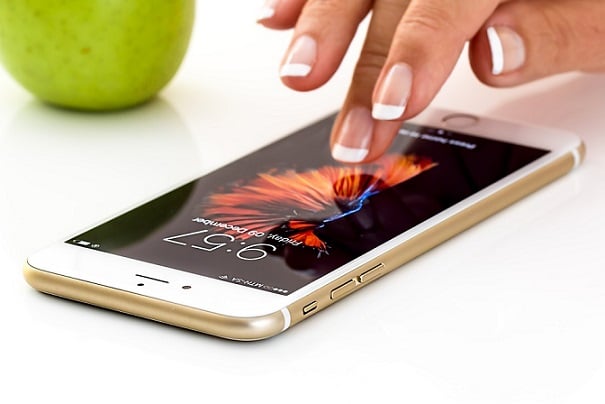
Modern cellular systems became a commercial reality in the late 1980s and data streaming is only 10 years old. More calls are made now by mobile than over landlines and mobile purchases are driving ecommerce more than those from desktops and laptops. The technology is unrecognisable from what was available even 15 years ago and it’s getting faster, cheaper and able to carry vastly more voice and data traffic. So let’s take a quick look at how it developed.
Highlights On The Mobile Timeline
- 1982 saw America’s first cell phone network, which seems positively antique now with phones the size of a brick that weighed over a kilo, cost in the region of £3,000 and took half a day to recharge for just a half hour of conversation time.
- 1983 Digital wireless networking was predicted by Steve Jobs.
- 1996 A new digital message format and protocol called WAP (Wireless Application Protocol) was developed, which enabled wireless data transmission.
- 2007 The first iconic Apple iPhone came onto the market and became an instant hit.
- 2008 Apple’s success was quickly followed up by Google with its Android operating system.
- 2013 Apple’s App Store contains over 1,000,000 apps
- 2018 Mobile overtakes all other Internet communications as the technology of choice for online purchases.
- 2019 The new fifth generation of mobile technology promises previously unheard of multiple connectivity and even greater broadband capacity and speed.
The Generations
Each new development in mobile technology was assigned a simple name, from 1G through to the new 5G, representing 1st generation to 5th generation. All represented a quantum leap in capability over the previous generation. For a new generation to make the transition into commercial usage, it needs to be agreed and adopted by all players from chip manufacturers to phone manufacturers and network carriers. Agreeing on standards is a slow process but it is critical if the new technology is to work in every geography where it is implemented.
- 1G refers to analogue systems that supported voice calls only
- 2G signalled the arrival of digital communication. It arrived in the late 1980s and brought text messaging, which because surprisingly popular.
- 3G delivered multimedia because of its greatly increased capacity and much higher transmission speeds.
- 4G added Internet connectivity to 3G along with much greater bandwidth to support services such as video streaming at acceptable speeds.
What’s Over The Horizon?
5G is on its way. It will deliver far greater bandwidth and speeds, with vastly increased connectivity capacity that will cater for the Internet of Things (IoT). It takes advantage of frequencies and methods that were impossible only a few years ago because the technology had not been developed. Standards have been agreed and it only awaits synchronised implementation by network operators and phone manufacturers.
Advanced Mobile Telecoms For Businesses
At GPS Telecoms we offer advanced business telecoms systems, from low cost cloud hosted phone system to broadband and business mobile phones. You can download our free New Business Telecoms Guide to help steer your decision making when investing in a new phone system. For all other questions please don’t hesitate to give us a call.





